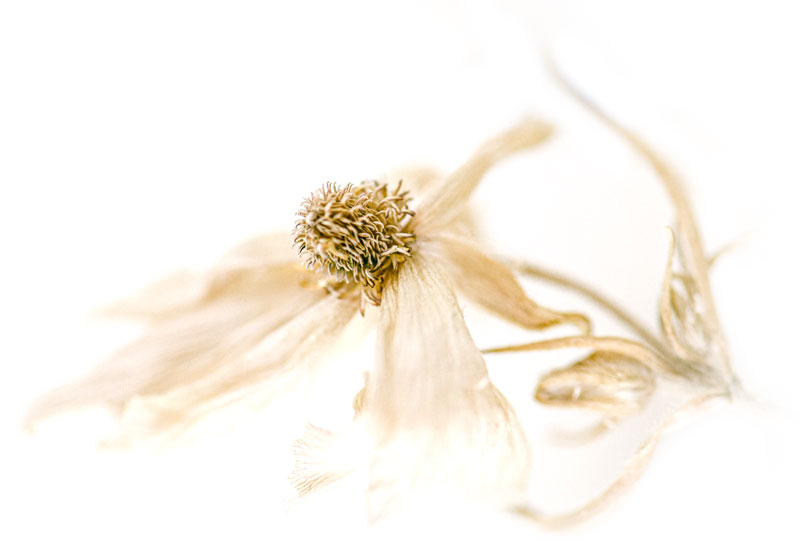
Simone Martins de Oliveira and Dorly de Freitas Buchi
Partial results of Ph.D. thesis 2010, https://acervodigital.ufpr.br/handle/1884/24129
HEMATOPOYESIS DIAGRAM AND ACTION OF SOME HOMEOPATHIC MEDICINES
After analyses of ten thousand events in flow cytometry, we can see in which progenitor the products have already been altered membrane markers: Blue medicines decreased marker expression; Red products increased marker expression.

Well-established methods in modern immunology and cell biology have been adopted to test the effects of some commercially available homeopathic drugs or diluted active ingredients according to traditional homeopathic methods. Laboratory studies with cells and especially leukocytes represent a fertile field for conventional and homeopathic researchers.
In our lab, we tested different homeopathic medications, at different dilutions, with different cells or in vivo. All the products that have been tested showed to act somewhat on macrophages as well as on other immune system precursor cells.
Therapies focused on stimulation and recruitment of macrophages have been the focus of researches related to the resolution of several pathologies such as cancer and inflammatory diseases. Depending on the recognition receptors used, their phase and state of differentiation may release various secretion products, including cytokines, which mobilize other cells and influence cells residing in other tissues.
Macrophages are clearly involved in inflammation through secretion of molecules and participate in all immune responses. Reactive species released analysis showed that all drugs in some way altered the release of radicals.
The action of homeopathic medicines on the release of reactive species have several consequences, many of them related to their great destructive potential, but ROS and RNS can also act as second messengers, modulating cell activation pathways.
In general, after in vitro treatment it can be seen that practically all treated groups (except Belladona 30c) significantly increased NO release. And decreased (with the exception of Aconitum 30c and Lachesis 12c) O2– release.
However, H2O2 release was not changed with the tested medicines. Following interaction with yeast, detection in the supernatant of H2O2 (15 and 30 min incubation times) was lower in the yeast groups than in those without yeast; NO and O2- release (only within 15 min of incubation) was higher.
This generalization suggests that homeopathic medicines increased the release of NO, a less reactive radical and have a great stimulating and signaling effect on immune cells and decreased or not alter the release of other radicals, thus playing a protective effect against oxidative stress.
Hematopoietic cells give rise to all blood cells: T, B, NK lymphocytes, granulocytes, monocytes, megakaryocytes, and erythrocytes. The expression of different receptors on the surface of hematopoietic progenitors allows their interaction with various regulatory elements present in the environment, including stromal cells, extracellular matrix molecules, and regulatory cytokines, as growth and differentiation factors.
After treatment of mice, all homeopathic medicines altered some of the hematopoietic precursor cell markers. There was no alteration in the expression of the TER 119 receptor of the erythrocyte lineage, suggesting that these drugs probably act only in the effector cells of the immune system.
Macrophages, dendritic cells, neutrophils, T CD4+, and CD8+ and B lymphocytes, cells that control the immune system, are described as potential effectors and are extensively studied in immune response activation pathways aiming at neoplastic cell immunotherapy, infectious, inflammatory and modulating immune response.
Hematopoiesis is a highly regulated process that occurs in the bone marrow microenvironment. It has been visualized as the result of a balance between signals that stimulate and signals that inhibit proliferation and differentiation of hematopoietic progenitors.
Hematopoietic progenitors grow in close association with stromal cells and various adhesion receptors, which are present in the progenitors, allow interaction with stromal cells and extracellular stromal matrix. Adhesion by itself may alter proliferation and differentiation of hematopoietic progenitor cells.
Surprisingly all the highly diluted drugs tested, that is, without the possibility of detection of active principle with current techniques, somehow acted on the cells of the immune system and their precursors. All experiments were done at least 3 times with harmonic results. Not amazing?
SCANNING ELECTRON MICROSCOPY
Macrophages and bone marrow cells in co-culture treated for 96 hours with Arsenicum.
Left – control and Right – treated culture. Realize the activated morphology of macrophages in the treated culture.

CONFOCAL MICROSCOPY
CD11b + in bone marrow cells after co-culture with Thuya treated macrophages, Cd11b with phycoerythrin (red) and nucleus with DAPI (blue). Left – control and right treated the group with Thuya 30c. Notice that in the treated group (right) there are more cells (blue nucleus) and more CD11b marker (red).












